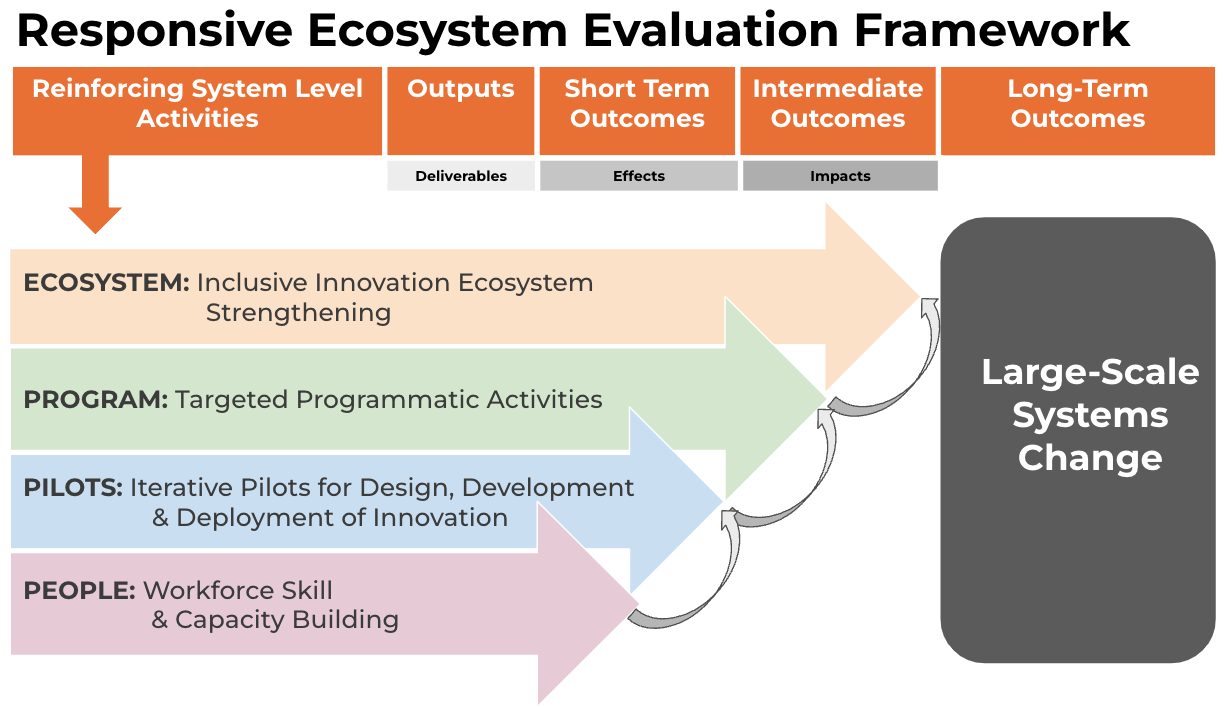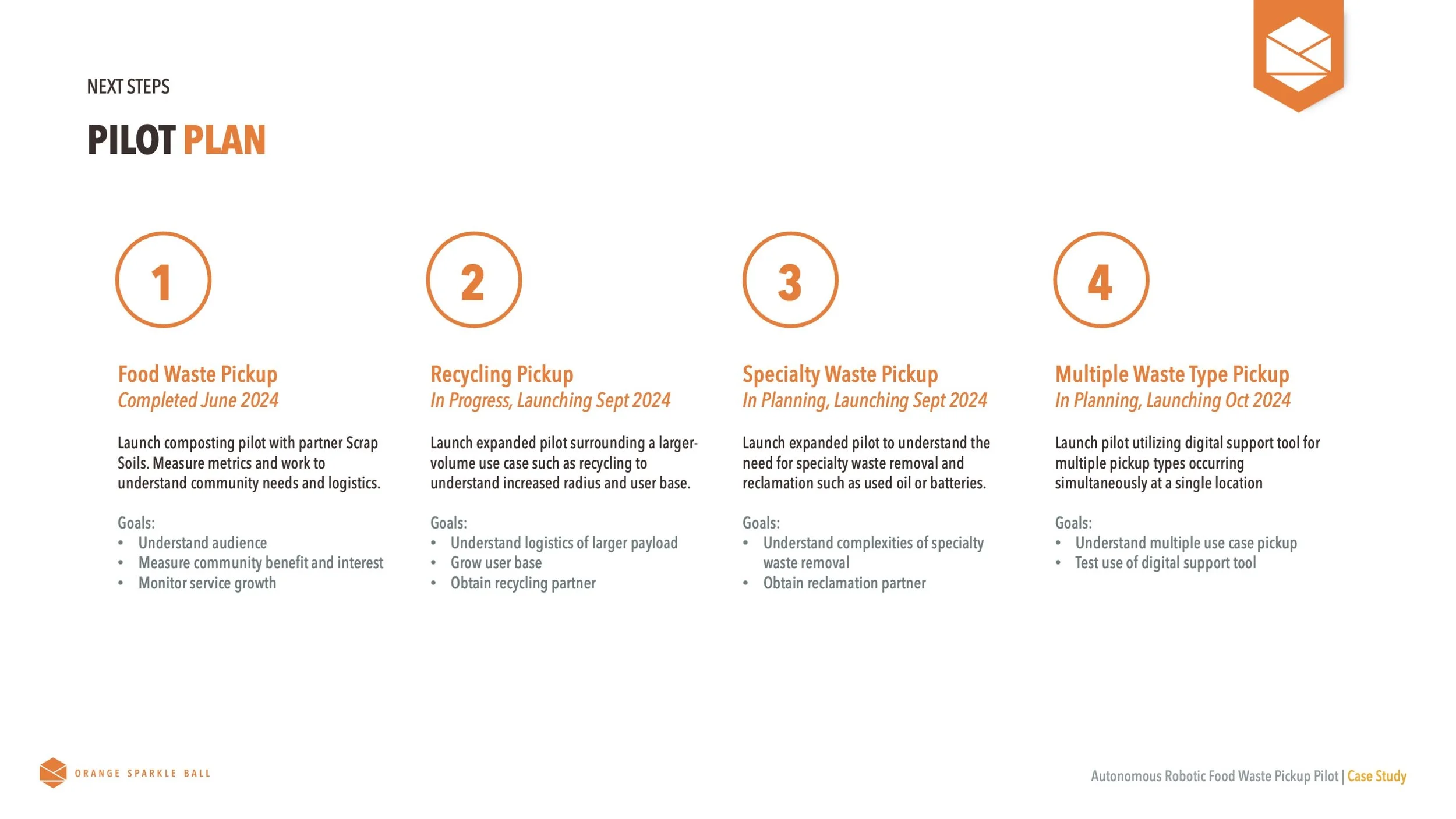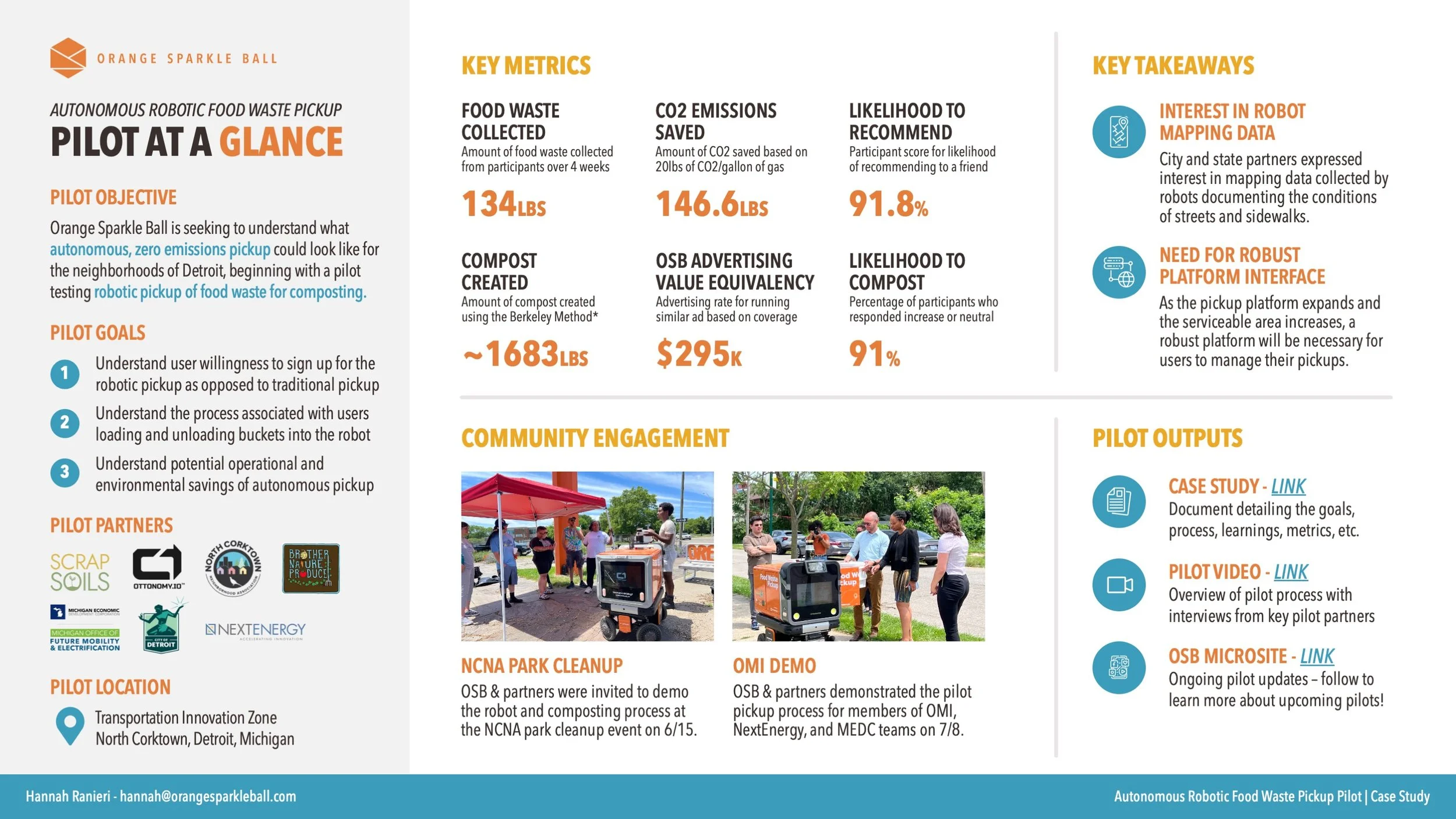Citation List
Akinyemi, O., Harris, B., & Kawonga, M. (2019). Innovation diffusion: How homogenous networks influence the uptake of community-based injectable contraceptives. BMC Public Health, 19, 1520. https://doi.org/10.1186/s12889-019-7819-5
Alsarrani, A., Hunter, R. F., Dunne, L., & Garcia, L. (2022). Association between friendship quality and subjective wellbeing among adolescents: A systematic review. BMC Public Health, 22(1), 2420. https://doi.org/10.1186/s12889-022-14776-4
Bae, S.-H., Nikolaev, A., Seo, J. Y., & Castner, J. (2015). Health care provider social network analysis: A systematic review. Nursing Outlook, 63(5), 566–584. https://doi.org/10.1016/j.outlook.2015.05.006
Barnato, A. E., Chang, C.-C. H., Farrell, M. H., Lave, J. R., Roberts, M. S., & Angus, D. C. (2010). Is Survival Better at Hospitals With Higher “End-of-Life” Treatment Intensity? Medical Care, 48(2), 125–132. https://doi.org/10.1097/MLR.0b013e3181c161e4
Barnett, M. L., Christakis, N. A., O’Malley, A. J., Onnela, J.-P., Keating, N. L., & Landon, B. E. (2012). Physician Patient-Sharing Networks and the Cost and Intensity of Care in US Hospitals. Medical Care, 50(2), 152–160. https://doi.org/10.1097/MLR.0b013e31822dcef7
Butts, C. T. (2008). Social network analysis: A methodological introduction. Asian Journal Of Social Psychology, 11(1), 13–41. https://doi.org/10.1111/j.1467-839X.2007.00241.x
Christakis, N. A., & Fowler, J. H. (2007). The Spread of Obesity in a Large Social Network over 32 Years. New England Journal of Medicine, 357(4), 370–379. https://doi.org/10.1056/NEJMsa066082
Christakis, N. A., & Fowler, J. H. (2008). The Collective Dynamics of Smoking in a Large Social Network. New England Journal of Medicine, 358(21), 2249–2258. https://doi.org/10.1056/NEJMsa0706154
Conrad, D. A., Cave, S. H., Lucas, M., Harville, J., Shortell, S. M., Bazzoli, G. J., Hasnain-Wynia, R., Sofaer, S., Alexander, J. A., Casey, E., & Margolin, F. (2003). Community Care Networks: Linking Vision to Outcomes for Community Health Improvement. Medical Care Research and Review, 60(4_suppl), 95S-129S. https://doi.org/10.1177/1077558703259096
County Health Rankings. (2023). Explore Health Rankings | County Health Rankings Model. County Health Rankings & Roadmaps. https://www.countyhealthrankings.org/explore-health-rankings/county-health-rankings-model
De, P., Singh, A. E., Wong, T., Yacoub, W., & Jolly, A. M. (2004). Sexual network analysis of a gonorrhoea outbreak. Sexually Transmitted Infections, 80(4), 280–285. https://doi.org/10.1136/sti.2003.007187
Fowler, J. H., & Christakis, N. A. (2008). Dynamic spread of happiness in a large social network: Longitudinal analysis over 20 years in the Framingham Heart Study. BMJ, 337, a2338. https://doi.org/10.1136/bmj.a2338
Geva, A., Olson, K. L., Liu, C., & Mandl, K. D. (2019). Provider Connectedness to Other Providers Reduces Risk of Readmission After Hospitalization for Heart Failure. Medical Care Research and Review, 76(1), 115–128. https://doi.org/10.1177/1077558717718626
Harris, J. K., & Clements, B. (2007). Using Social Network Analysis to Understand Missouri’s System of Public Health Emergency Planners. Public Health Reports, 122(4), 488–498.
Hawe, P. (2004). A glossary of terms for navigating the field of social network analysis. Journal of Epidemiology & Community Health, 58(12), 971–975. https://doi.org/10.1136/jech.2003.014530
Jeon, K. C., & Goodson, P. (2015). US adolescents’ friendship networks and health risk behaviors: A systematic review of studies using social network analysis and Add Health data. PeerJ, 3, e1052. https://doi.org/10.7717/peerj.1052
Jolly, A. M., Muth, S. Q., Wylie, J. L., & Potterat, J. J. (2001). Sexual networks and sexually transmitted infections: A tale of two cities. Journal of Urban Health : Bulletin of the New York Academy of Medicine, 78(3), 433–445. https://doi.org/10.1093/jurban/78.3.433
Keim-Klärner, S., Adebahr, P., Brandt, S., Gamper, M., Klärner, A., Knabe, A., Kupfer, A., Müller, B., Reis, O., Vonneilich, N., Ganser, M. A., de Bruyn, C., & von der Lippe, H. (2023). Social inequality, social networks, and health: A scoping review of research on health inequalities from a social network perspective. International Journal for Equity in Health, 22, 74. https://doi.org/10.1186/s12939-023-01876-9
Knox, J., Schneider, J., Greene, E., Nicholson, J., Hasin, D., & Sandfort, T. (2019). Using social network analysis to examine alcohol use among adults: A systematic review. PLoS ONE, 14(8), e0221360. https://doi.org/10.1371/journal.pone.0221360
Kothari, A., Hamel, N., MacDonald, J.-A., Meyer, M., Cohen, B., & Bonnenfant, D. (2014). Exploring Community Collaborations: Social Network Analysis as a Reflective Tool for Public Health. Systemic Practice and Action Research, 27. https://doi.org/10.1007/s11213-012-9271-7
Landon, B. E., Keating, N. L., Onnela, J.-P., Zaslavsky, A. M., Christakis, N. A., & O’Malley, A. J. (2018). Patient-Sharing Networks of Physicians and Health Care Utilization and Spending Among Medicare Beneficiaries. JAMA Internal Medicine, 178(1), 66–73. https://doi.org/10.1001/jamainternmed.2017.5034
Latkin, C., Mandell, W., Oziemkowska, M., Celentano, D., Vlahov, D., Ensminger, M., & Knowlton, A. (1995). Using social network analysis to study patterns of drug use among urban drug users at high risk for HIV/AIDS. Drug and Alcohol Dependence, 38(1), 1–9. https://doi.org/10.1016/0376-8716(94)01082-V
Lawlor, J. A., & Neal, Z. P. (2016). Networked Community Change: Understanding Community Systems Change through the Lens of Social Network Analysis. American Journal of Community Psychology, 57(3–4), 426–436. https://doi.org/10.1002/ajcp.12052
Macdonald-Wallis, K., Jago, R., & Sterne, J. A. C. (2012). Social Network Analysis of Childhood and Youth Physical Activity: A Systematic Review. American Journal of Preventive Medicine, 43(6), 636–642. https://doi.org/10.1016/j.amepre.2012.08.021
Neal, Z. P., & Neal, J. W. (2017). Network Analysis in Community Psychology: Looking Back, Looking Forward. American Journal of Community Psychology, 60(1–2), 279–295. https://doi.org/10.1002/ajcp.12158
Ostovari, M., & Yu, D. (2019). Impact of care provider network characteristics on patient outcomes: Usage of social network analysis and a multi-scale community detection. PLoS ONE, 14(9), e0222016. https://doi.org/10.1371/journal.pone.0222016
Patterson, M. S., & Goodson, P. (2019). Social network analysis for assessing college-aged adults’ health: A systematic review. Journal of American College Health, 67(1), 59–67. https://doi.org/10.1080/07448481.2018.1462820
Patterson, M. S., Russell, A. M., Nelon, J. L., Barry, A. E., & Lanning, B. A. (2021). Using Social Network Analysis to Understand Sobriety among a Campus Recovery Community. Journal of Student Affairs Research and Practice, 58(4), 401–416. https://doi.org/10.1080/19496591.2020.1713142
Périssé, A. R. S., & Nery, J. A. da C. (2007). The relevance of social network analysis on the epidemiology and prevention of sexually transmitted diseases. Cadernos de Saúde Pública. https://doi.org/3:S361-S369
Phua, J. (2011). The influence of peer norms and popularity on smoking and drinking behavior among college fraternity members: A social network analysis. Social Influence, 6(3), 153–168. https://doi.org/10.1080/15534510.2011.584445
Pollack, C. E., Lemke, K. W., Roberts, E., & Weiner, J. P. (2015). Patient sharing and quality of care: Measuring outcomes of care coordination using claims data. Medical Care, 53(4), 317–323. https://doi.org/10.1097/MLR.0000000000000319
Powell, K., Wilcox, J., Clonan, A., Bissell, P., Preston, L., Peacock, M., & Holdsworth, M. (2015). The role of social networks in the development of overweight and obesity among adults: A scoping review. BMC Public Health, 15, 996. https://doi.org/10.1186/s12889-015-2314-0
Rosenquist, J. N., Murabito, J., Fowler, J. H., & Christakis, N. A. (2010). THE SPREAD OF ALCOHOL CONSUMPTION BEHAVIOR IN A LARGE SOCIAL NETWORK. Annals of Internal Medicine, 152(7), 426-W141. https://doi.org/10.1059/0003-4819-152-7-201004060-00007
Russell, A. M., Patterson, M. S., & Barry, A. E. (2021). College Students’ Perceptions of Peer Alcohol Use: A Social Network Analytic Approach. Substance Use & Misuse, 56(1), 46–53. https://doi.org/10.1080/10826084.2020.1833929
Scott, J. (2011). Social network analysis: Developments, advances, and prospects. Social Network Analysis and Mining, 1(1), 21–26. https://doi.org/10.1007/s13278-010-0012-6
Scott, J., & Carrington, P. J. (2011). The SAGE Handbook of Social Network Analysis. SAGE.
Tucker, L. A., & Parker, K. (2022). 10-Year Weight Gain in 13,802 US Adults: The Role of Age, Sex, and Race. Journal of Obesity, 2022, e7652408. https://doi.org/10.1155/2022/7652408
Valente, T. W., Palinkas, L. A., Czaja, S., Chu, K.-H., & Brown, C. H. (2015). Social Network Analysis for Program Implementation. PLOS ONE, 10(6), e0131712. https://doi.org/10.1371/journal.pone.0131712
Varda, D. M. (2011). A Network Perspective on State-Society Synergy to Increase Community-Level Social Capital. Nonprofit and Voluntary Sector Quarterly, 40(5), 896–923. https://doi.org/10.1177/0899764010378171
Wang, X., An, Q., He, Z., & Fang, W. (2021). A Literature Review of Social Network Analysis in Epidemic Prevention and Control. Complexity, 2021, e3816221. https://doi.org/10.1155/2021/3816221
World Health Organization. (1946). Constitution of the World Health Organization. American Journal of Public Health and the Nations Health, 36(1315_1323). https://doi.org/10.2105/AJPH.36.11.1315
Yasaitis, L., Fisher, E. S., Skinner, J. S., & Chandra, A. (2009). Hospital Quality And Intensity Of Spending: Is There An Association? Health Affairs (Project Hope), 28(4), w566–w572. https://doi.org/10.1377/hlthaff.28.4.w566
Yoshioka-Maxwell, A., Rice, E., Rhoades, H., & Winetrobe, H. (2015). Methamphetamine Use among Homeless Former Foster Youth: The Mediating Role of Social Networks. Journal of Alcoholism and Drug Dependence, 3(2), 197. https://doi.org/10.4172/2329-6488.1000197
Zhang, S., de la Haye, K., Ji, M., & An, R. (2018). Applications of social network analysis to obesity: A systematic review. Obesity Reviews, 19(7), 976–988. https://doi.org/10.1111/obr.12684






































